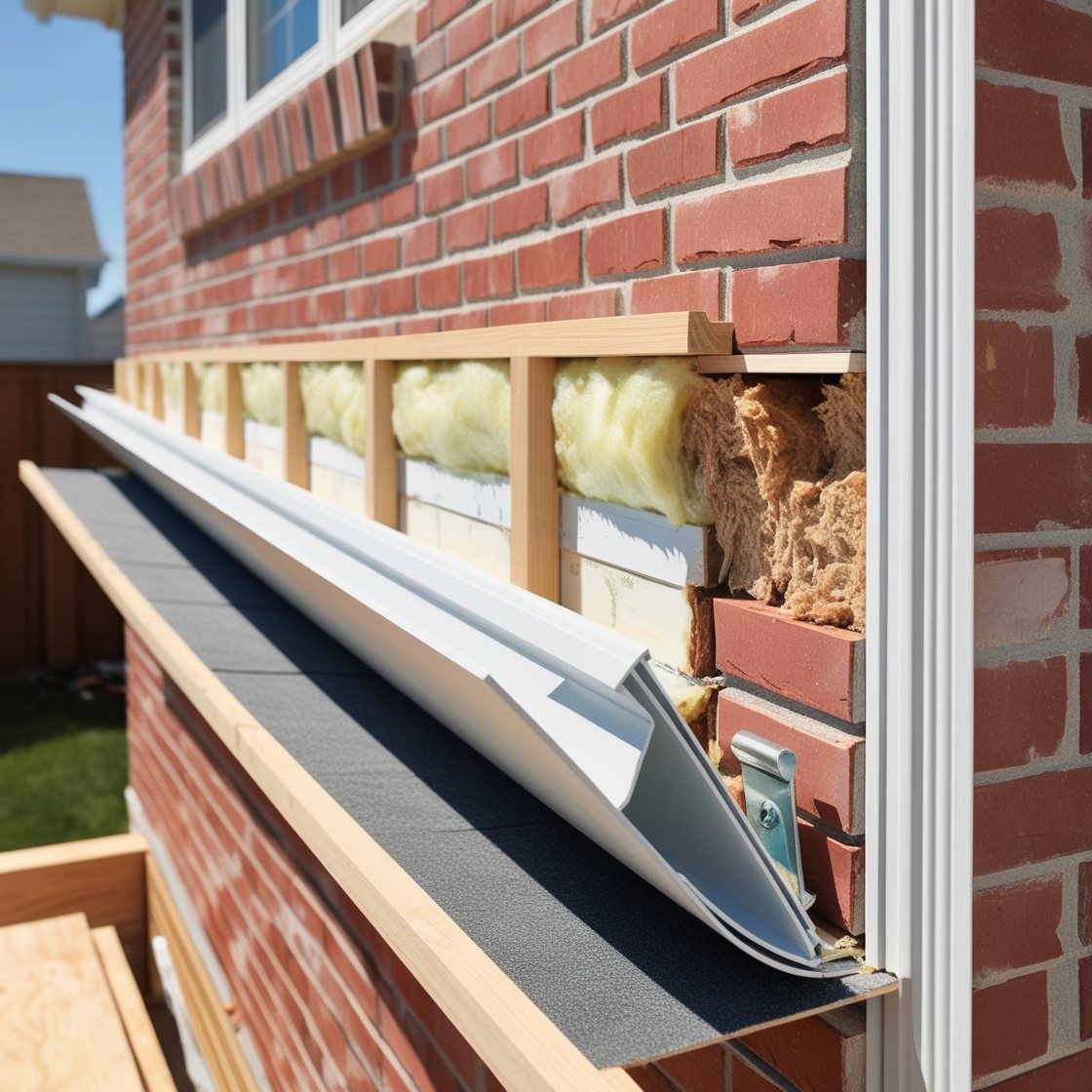When considering home renovations, the exterior is often a primary focus. The siding of a house not only contributes to its aesthetic appeal but also plays a crucial role in protecting the structure from the elements. For homeowners with brick exteriors, the question of whether siding can be installed over brick frequently arises. The answer is yes, siding can indeed be put over brick, and it offers a range of benefits from enhanced insulation to updated curb appeal. This article will explore the process, advantages, challenges, and considerations of installing siding over brick.
Why Consider Siding Over Brick?
There are several reasons why homeowners might choose to install siding over an existing brick exterior:
- Aesthetic Update: Brick exteriors, though durable, can appear dated or clash with modern design preferences. Siding provides an opportunity to refresh the look of a home without removing the brick, offering options from vinyl to wood, fiber cement, and more.
- Improved Insulation: Brick, while sturdy, doesn’t always offer the best insulation properties. Installing siding over brick can enhance a home’s energy efficiency, especially when paired with additional insulation layers.
- Cost-Effective Renovation: Removing brick is a labor-intensive and costly process. By installing siding over brick, homeowners can avoid the high costs of brick removal while still achieving the desired exterior transformation.
- Increased Home Value: A well-done siding installation can boost a home’s curb appeal and market value, making it a worthwhile investment for those considering selling their home in the future.
The Process of Installing Siding Over Brick
While the process of installing siding over brick is straightforward, it requires careful planning and execution to ensure the best results.
- Inspection and Preparation: Before any siding is installed, the brick surface needs to be inspected for damage. Cracks, loose bricks, or any structural issues must be repaired to ensure a stable foundation for the siding. Cleaning the brick to remove dirt, mold, and mildew is also essential to create a good adhesive surface.
- Furring Strips Installation: Furring strips, typically made of wood or metal, are thin strips that create a level surface over the brick. These strips are attached to the brick using masonry screws, creating a framework to which the siding can be attached. The space between the furring strips can also be used to add additional insulation, further improving the home’s energy efficiency.
- Insulation (Optional but Recommended): Adding insulation between the furring strips is a crucial step, especially in older homes where the brick may not provide sufficient thermal protection. Rigid foam insulation is commonly used in this process, as it can be easily cut to fit between the strips.
- Siding Installation: Once the furring strips and insulation are in place, the siding can be installed. The type of siding chosen—vinyl, wood, fiber cement, etc.—will determine the installation method, but generally, the siding is nailed or screwed into the furring strips, ensuring a secure and long-lasting attachment.
- Finishing Touches: After the siding is installed, the final step involves sealing gaps and joints to prevent moisture infiltration. This step is crucial for maintaining the siding’s durability and protecting the underlying brick from damage.
Benefits of Installing Siding Over Brick
Installing siding over brick offers several benefits:
- Enhanced Aesthetic Appeal: With a variety of materials, colors, and styles available, siding allows homeowners to completely transform the exterior look of their homes, aligning it with their personal tastes and current design trends.
- Improved Energy Efficiency: By adding insulation and a new layer of siding, homeowners can significantly reduce energy costs. This upgrade can lead to a more comfortable living environment and lower utility bills, especially in extreme weather conditions.
- Weather Protection: Siding provides an extra layer of protection against the elements, shielding the brick from water, wind, and temperature fluctuations. This additional barrier can extend the life of the underlying brick and reduce maintenance costs over time.
- Noise Reduction: Siding, especially when combined with insulation, can help dampen external noises, creating a quieter indoor environment. This is particularly beneficial for homes in busy urban areas or near highways.
Challenges and Considerations
While there are many advantages to installing siding over brick, there are also challenges and considerations to keep in mind:
- Cost: Although less expensive than removing brick, installing siding over brick can still be a significant investment. The cost will vary depending on the type of siding, the need for insulation, and the complexity of the installation process.
- Moisture Concerns: Proper installation is crucial to prevent moisture buildup between the siding and the brick, which can lead to mold, mildew, and structural damage. Ensuring that all gaps are sealed and that there is adequate ventilation is essential for preventing these issues.
- Maintenance: Different types of siding require varying levels of maintenance. For instance, wood siding needs regular painting or staining, while vinyl siding may need periodic cleaning. Homeowners should choose a siding material that aligns with their willingness to perform ongoing maintenance.
- Structural Integrity: Before proceeding with the installation, it’s essential to assess the structural integrity of the brick. If the brick is in poor condition, adding siding could exacerbate existing issues or lead to further deterioration.


